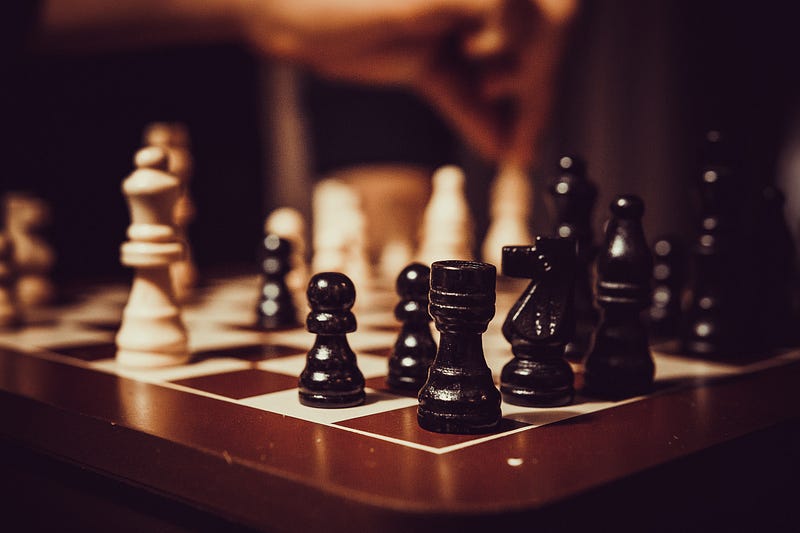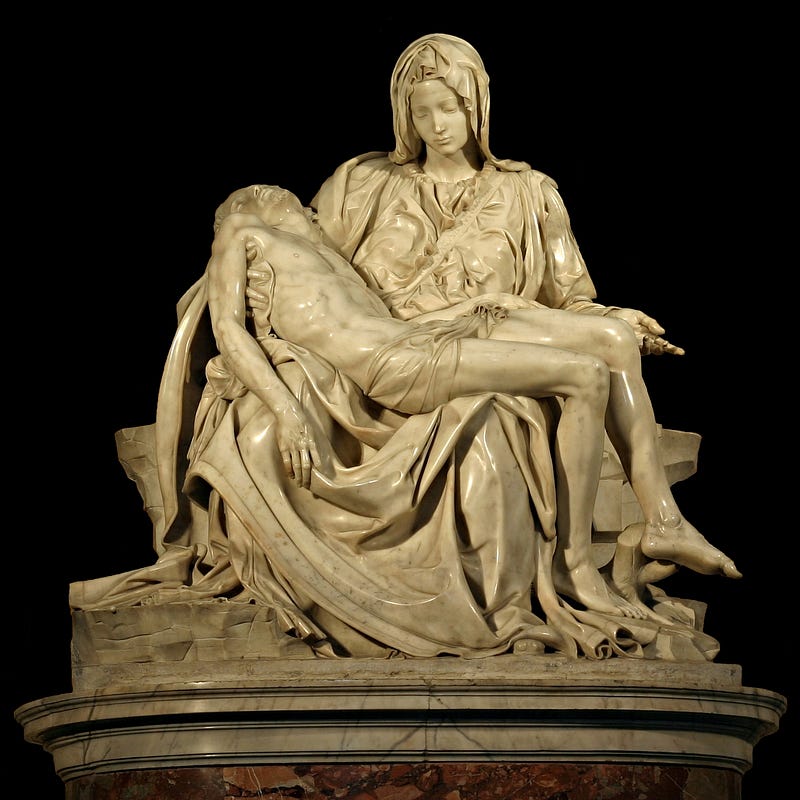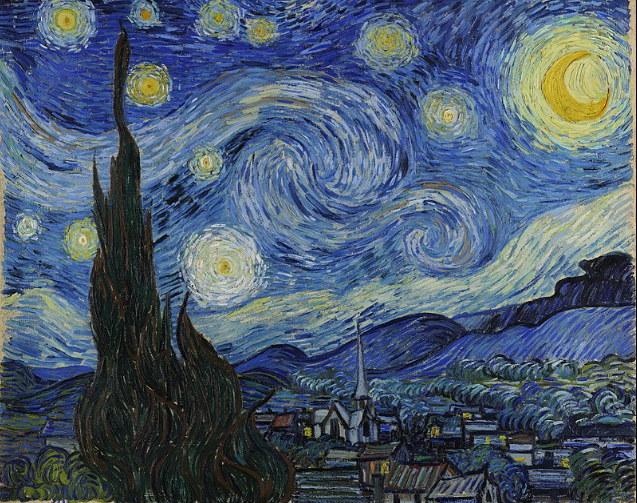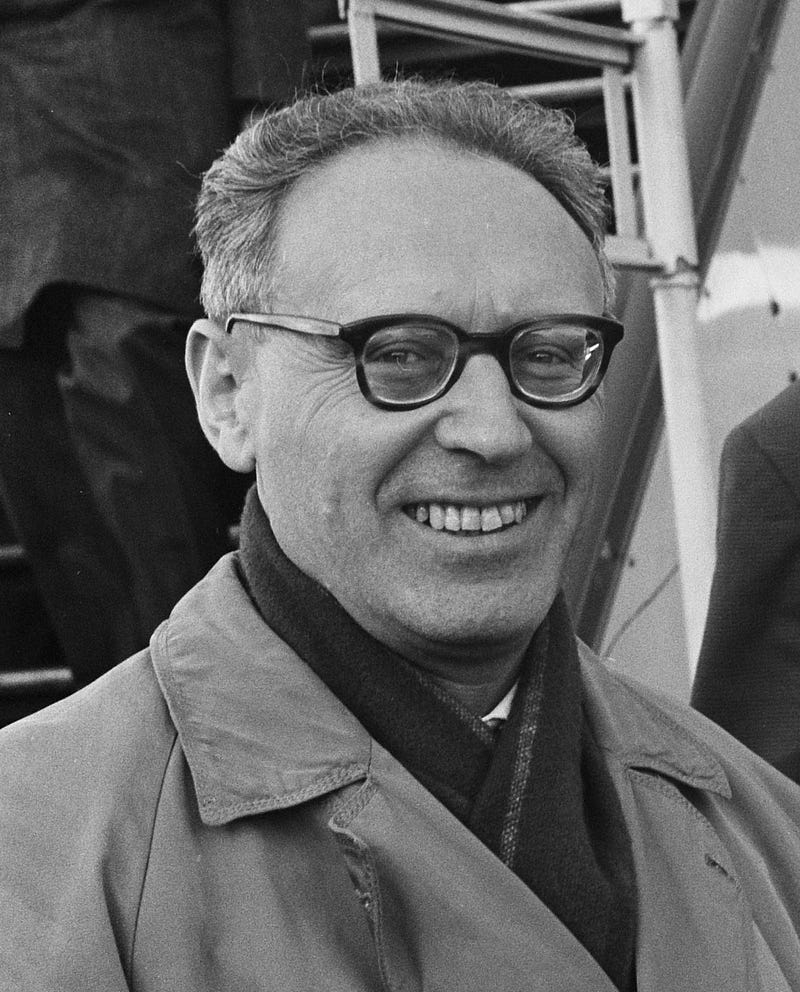Exploring the Intersection of Chess, Art, and Science
Written on
Chapter 1: Genius in Three Realms
In the realms of chess, art, and science, we find remarkable talents that have shaped our understanding and appreciation of each field. Iconic figures like Michelangelo and Da Vinci are well-known, yet the chess world also boasts legends such as Emanuel Lasker and Vera Menchik. Lasker held the title of world chess champion for an impressive 27 years, while Menchik dominated as the Women's World Chess Champion for 17 years. Engaging either of them in a game would likely lead to an undeniable outcome in their favor.

Chapter 2: The Subjectivity of Art
Unlike chess, art does not conform to a strict winner-loser dynamic. Instead, we appreciate the artist’s ability to portray reality through their unique lens. Recently, some contemporary artists create works so realistic they could easily be mistaken for photographs. Determining the “greatest” artist remains a subjective challenge, as the criteria for greatness are often elusive. Yet, when faced with a masterpiece, many can recognize its significance.

Subsection 2.1: Iconic Sculptures
For example, Michelangelo's Pietà, commissioned in 1497, represents a profound moment in sculpture, capturing the grief of the Virgin Mary over her son Jesus. His skill transformed a mere block of marble into a work deemed miraculous by contemporaries.

Chapter 3: The Dynamics of Games
Board games and card games operate within defined rules and outcomes, contrasting starkly with the open-ended nature of art. These games inherently involve a clear winner or loser, unless a draw is permitted. Lasker, portrayed alongside his brother Berthold, exemplified the strategic prowess that captivates chess enthusiasts.

Chapter 4: The Interplay of Disciplines
Interestingly, individuals often excel in multiple domains. Lasker was not only a chess champion but also a mathematician. Da Vinci's talents spanned both art and science, while Michael Botvinnik, a world chess champion, was also an electrical engineer. Their interdisciplinary skills elevate their legacies.

Chapter 5: The Greats of Science
When pondering the greatest scientists, Albert Einstein often tops the list. Marie Curie's achievements, including two Nobel Prizes, place her among the elite. The debate over who deserves recognition in the scientific community remains ongoing, yet Einstein's impact is universally acknowledged.

Chapter 6: The Power of Knowledge
In summary, the realms of board games, art, and science provide platforms for genius to flourish. World champions in games entertain us with their prowess, while composers and artists evoke deep emotions. As we reflect on these influences, we realize that scientific advancements, such as Einstein's theories, offer profound insights into the universe, often challenging mystical beliefs. Thus, we can appreciate religious art as a source of wonder while engaging with the tangible joy that games bring to our lives.
This video explores fun board games that share strategic elements with chess, offering new perspectives on gameplay.
This video discusses 10 board games that some might consider superior to chess, highlighting alternative strategies and styles of play.
Thank you for engaging with this exploration of genius across various fields.